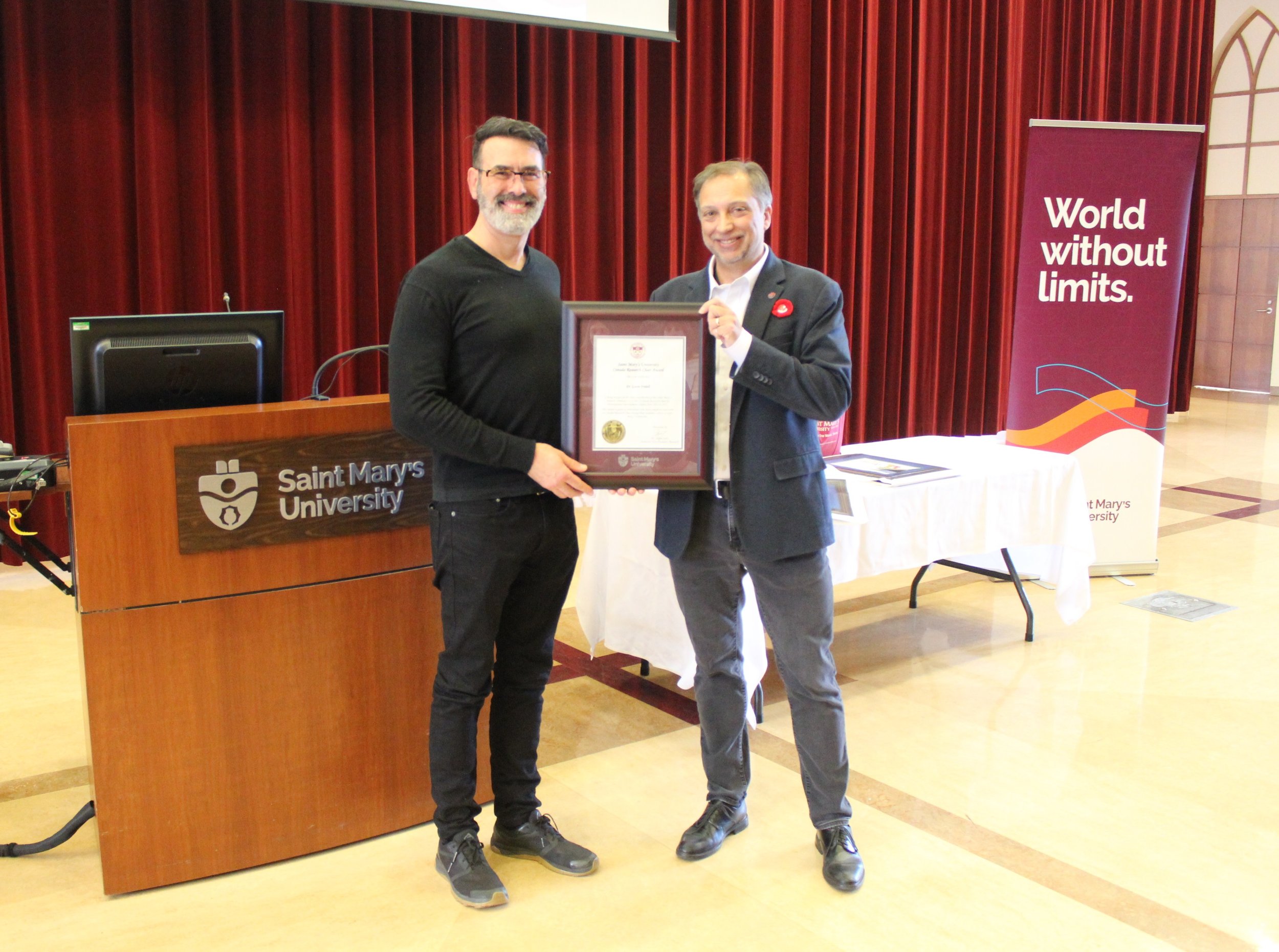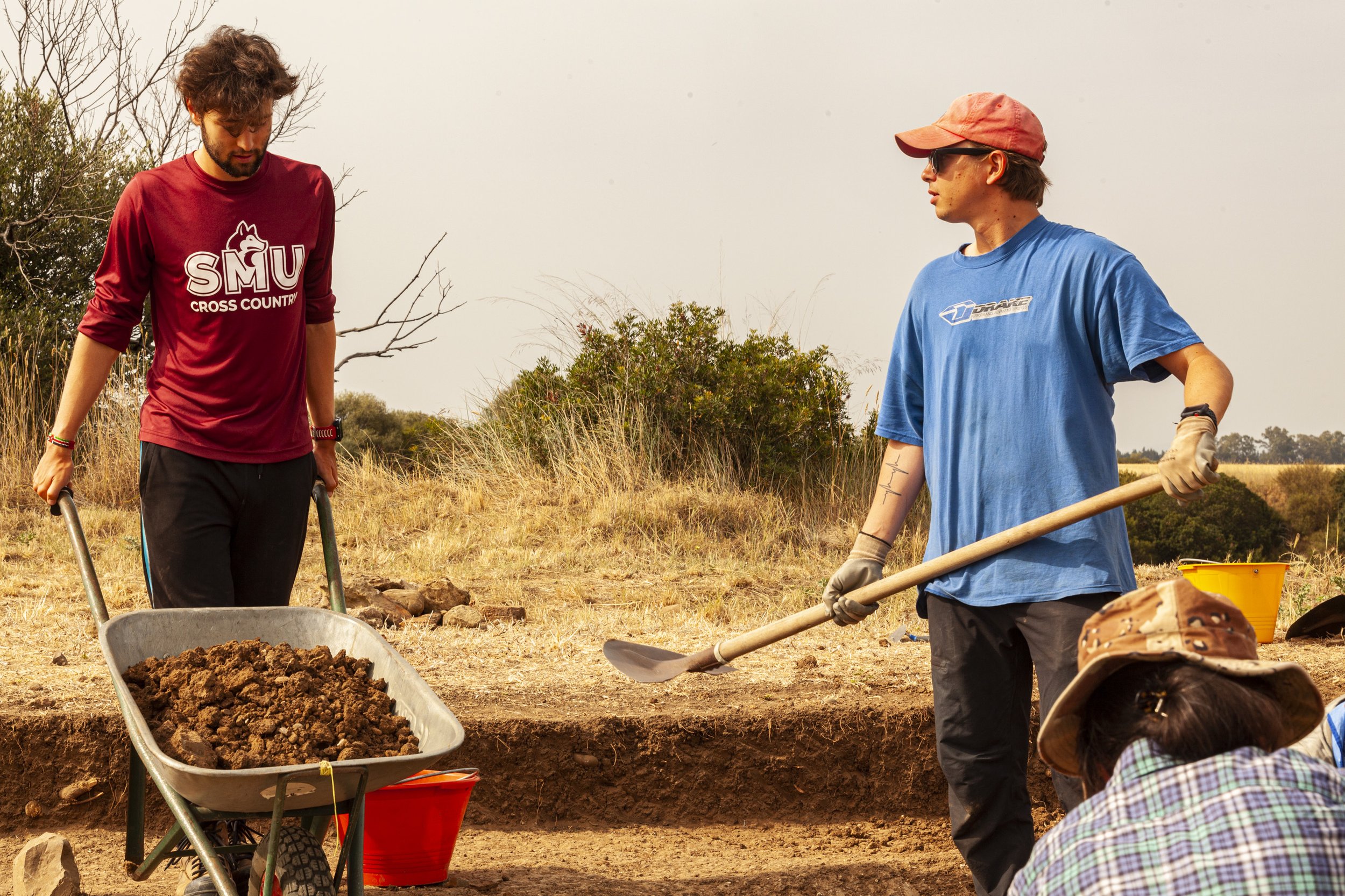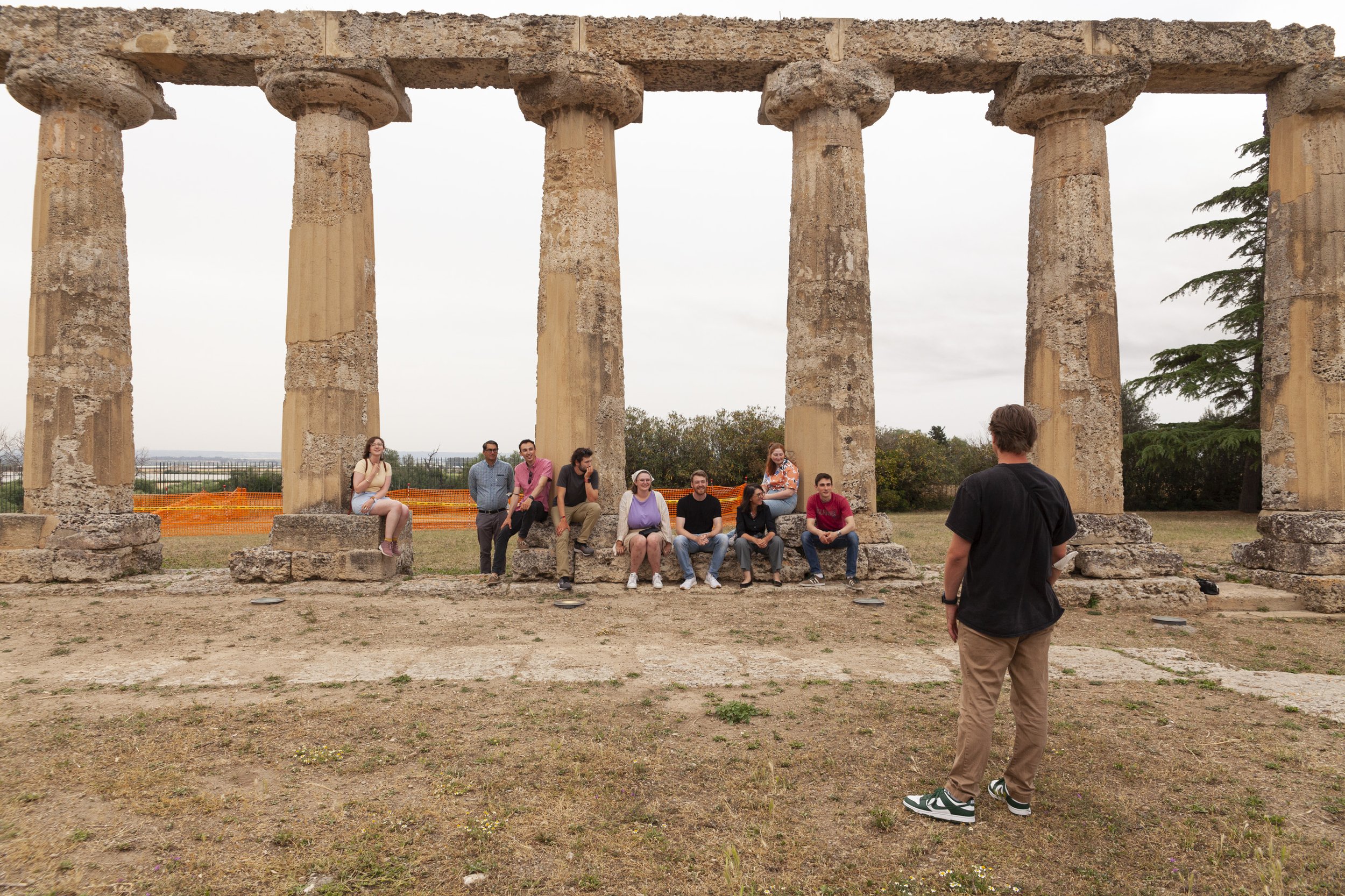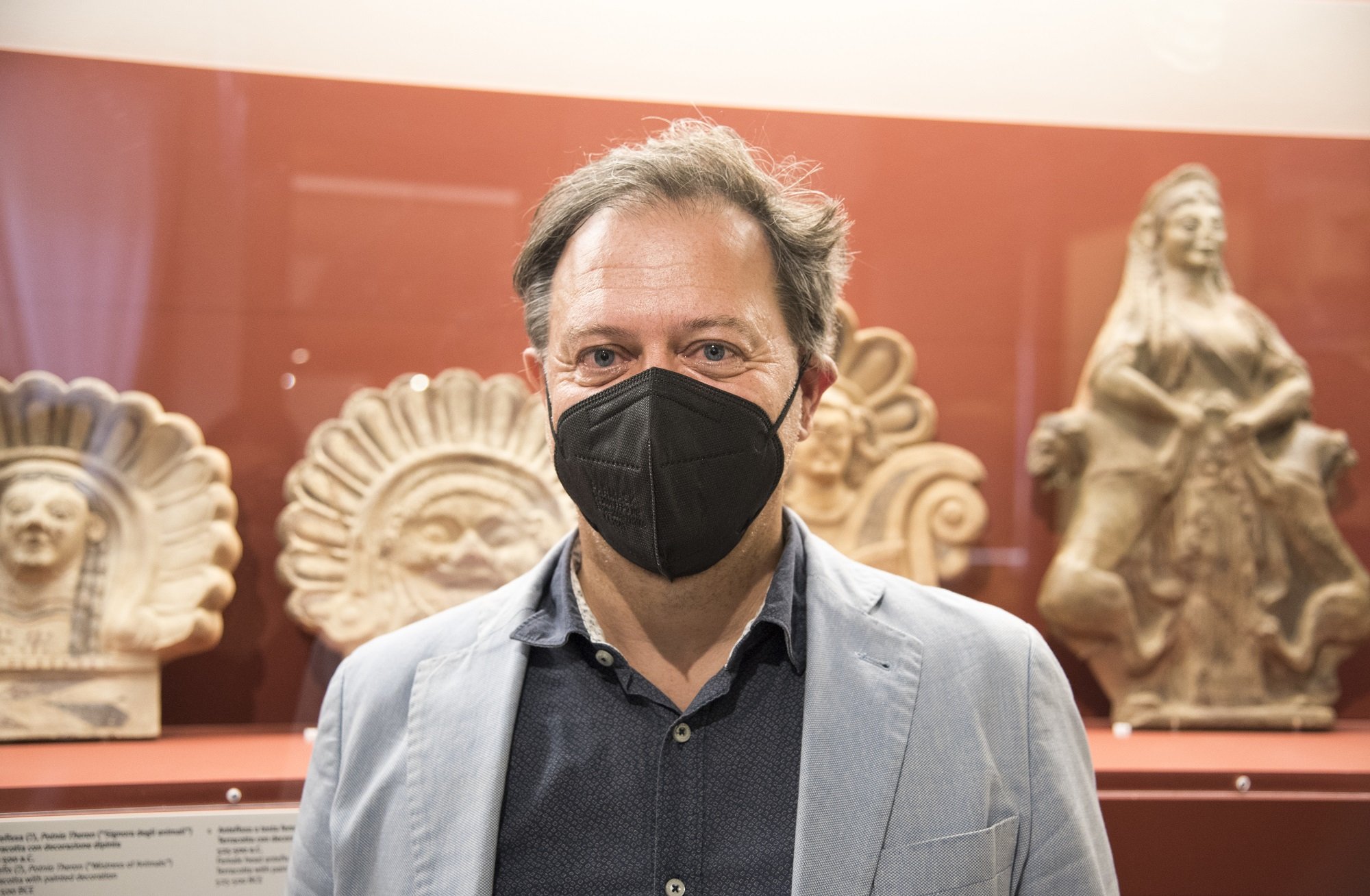Dr. Aaron Taylor and Dr. Jonathan Fowler work with a 500 Noggin ground-penetrating radar, shown here
A Saint Mary’s University archaeology team is assisting the US government in identifying and recovering the remains of service personnel lost on foreign battlefields.
The Defense Prisoners of War/Missing in Action Accounting Agency (DPAA) is the US government agency responsible for locating, recovering and identifying the remains of unaccounted-for US Department of Defense personnel from past conflicts. This project will focus on World War II (WWII) battlefields and aircraft crash sites. Saint Mary’s is the first university in Canada to partner with DPAA on a project of this nature.
“We have been developing our remote sensing expertise at Saint Mary’s University for several years now, providing assistance to different organizations across Canada,” says Dr. Jonathan Fowler, a professor in the Department of Anthropology.
“For us, these are more than projects. In many instances, we work with people looking for closure and do our best to provide them with that. This is about people who have been lost and bringing them home.”
Dr. Fowler is one of Canada’s leading researchers in archaeological geophysics and remote sensing. His ground-penetrating radar research has successfully mapped burials associated with the 1873 sinking of the SS Atlantic and identified nearly 300 unmarked graves in the pre-Deportation Acadian cemetery at Grand-Pré National Historic Site. Dr. Fowler has also worked with the Sipekne'katik First Nation in recent years related to the former Shubenacadie Residential school site.
The first search project with DPAA is in the final planning stages. It will offer opportunities to students for archaeological field experience in France this summer. Dr. Aaron Taylor BA'09 MA'12 will direct the project.
“Students will participate in excavations of a downed WWII US aircraft in an attempt to recover the remains of an aircrew member who perished in the crash,” says Taylor. “Students will be trained in archaeological field methods and best practices while following forensic archaeology techniques meeting DPAA protocols and guidelines.”
Canadian Press/CBC article, “Halifax university's technology to help U.S. find missing soldiers on former European battlefields”
Interview on The Todd Veinotte Show (hour three)
To find out more about the Defense POW/MIA Accounting Agency (DPAA), visit dpaa.mil
















































